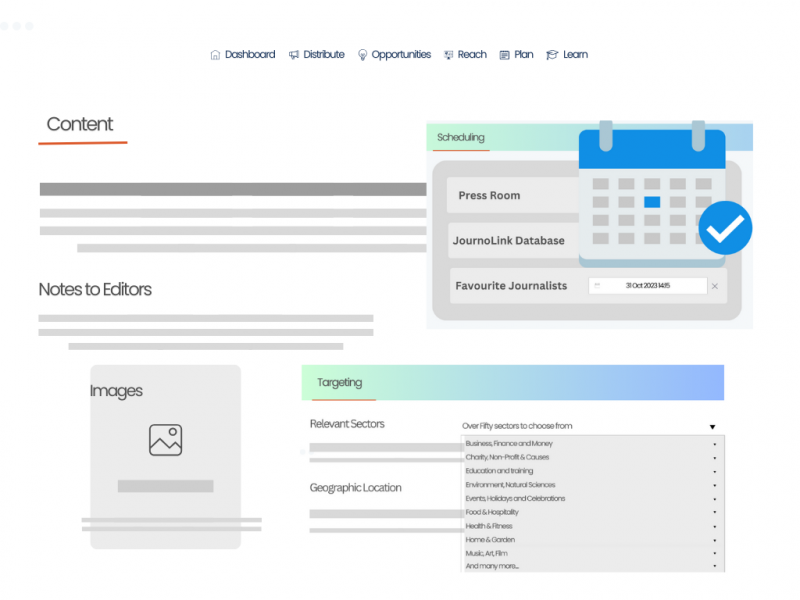
With technology, PR is now more accessible than ever. Everyone thinks they can do PR. You and I know this isn’t the case, but your clients will be wanting to know if they are getting results.
After 10 years in PR, we have seen the Good, the Bad and The Ugly of press releases. During Monitoring month, we will share what we’ve learned about monitoring press release’ success.
It starts with the content
Ok, you have a brilliant press release which has been beautifully written. But what are you wanting to achieve with it? Who is the audience you want to reach?
If you're aiming for digital coverage, you want your press release to rank high on Search Engine Results Pages (SERPs). However, if print coverage is what you're after, then a fantastic article might be enough.
Monitoring your print coverage can be a bit challenging. You'll need to contact the outlet directly or purchase subsequent publications and look through them.
Monitoring digital coverage is more achievable, but the work needs to start before pressing the send button. When creating your content, think about how it will appear when someone uses a search engine. And if you write about strawberries, then make sure your press release showcases this juicy topic.
Content is King, Queen and Keywords
Online content is usually found via a search engine. We know that search engines currently index pages based primarily on the headline and the first paragraph. If your press release has a “general” headline, it'll disappear among thousands of pages with the same title or opening paragraph. Instead, use attention-grabbing headlines and avoid using jargon. But if your subject is trending, don't be afraid to jump on that bandwagon and use "Newsjacking" to get more attention!
Linking is also essential. Search engines also crawl websites through links. So add relevant links in your press release and share your published articles as much as possible. You want search engine result pages to use crawlers to discover and scan your website through links from one page to another.
And never EVER duplicate content. Search engines use algorithms to index pages. If multiple pages contain the same content, search engines may choose one or ignore them altogether.
But how my content helps with monitoring?
Things have changed a lot in PR recently. In the digital world where AI is becoming the norm, words are still the differentiator in your measurement tools.
With so many changes (and lawsuits) Search Engines have become more restrict. For an article to even show in a search engine result page, it needs to be in line with SERPS rules first. But the core of PR remains. It is about the message you want to convey and what impact it has on your audience.
It is quite fitting that we end this blog by going back to basics in saying: Content is still what matters today, just as it did 10 years ago. By getting the content right, monitoring is much easier to do.
